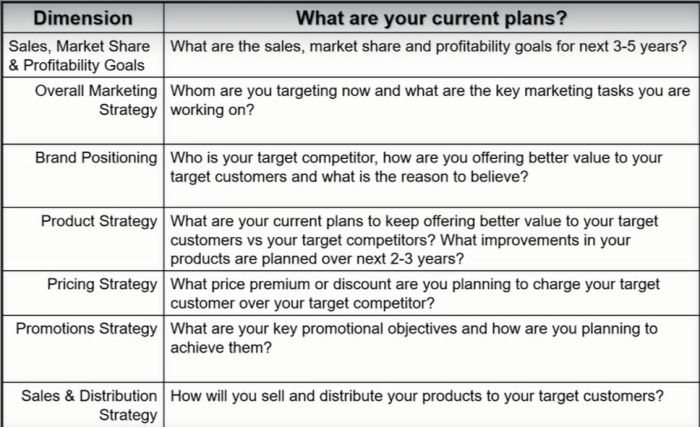In today’s competitive market, leveraging innovative strategies for existing products is crucial to maintaining growth and staying ahead of the competition. Rather than simply relying on routine updates, businesses need to embrace strategic innovation that aligns with long-term goals. By focusing on areas like product development, brand positioning, and sales tactics, companies can breathe new life into their offerings and continue to meet evolving customer demands. This article explores how to formulate and implement innovative strategies that will keep your products relevant and successful in an ever-changing marketplace.

Sales, Market Share & Profitability Goals
The foundation of any product strategy starts with clear and measurable goals. For existing products, it’s essential to set ambitious yet realistic sales, market share, and profitability goals over the next 3-5 years. These goals should be informed by market trends, customer needs, and the competitive landscape. For example, if you aim to increase market share by 10% in three years, you’ll need to identify the key drivers of growth and allocate resources accordingly.
Overall Marketing Strategy
Who you target and how you reach them can make or break your product’s success. Revisit your target audience and refine your marketing strategies to ensure they resonate with current market conditions. Identify the key marketing tasks that will elevate your product’s presence—whether it’s enhancing digital marketing efforts, refining your brand message, or exploring new channels like social media or influencer partnerships.
Brand Positioning
In a crowded market, clear and compelling brand positioning is crucial. Analyze your target competitors and pinpoint what sets your product apart. Then, communicate this unique value proposition effectively to your target customers. For example, if your product offers superior quality at a competitive price, your messaging should reinforce this advantage, along with a strong reason to believe—such as customer testimonials or industry awards.
Product Strategy
Continuously enhancing your product is essential to outpace competitors and meet evolving customer needs. Develop a roadmap that outlines how you will keep offering better value, whether through new features, improved usability, or added services. Consider what improvements can be made over the next 2-3 years to sustain customer interest and drive loyalty.
Pricing Strategy
Pricing can be a powerful tool to position your product against competitors. Whether you opt for a price premium or a discount, it should reflect the value your product delivers to customers. For instance, if your product offers unique features or superior quality, a premium pricing strategy could be justified. Conversely, a competitive pricing approach might be more effective in a price-sensitive market segment.
Promotions Strategy
Effective promotions are key to boosting product visibility and driving sales. Define your promotional objectives—whether it’s increasing brand awareness, driving product trials, or boosting sales during a specific period—and craft strategies to achieve them. This could involve a mix of digital marketing campaigns, in-store promotions, or strategic partnerships with other brands.
Sales & Distribution Strategy
Finally, your sales and distribution strategy should ensure that your product is readily available to your target customers, wherever they are. Whether you’re expanding into new markets, optimizing your e-commerce presence, or enhancing your distribution network, the goal is to make your product accessible and convenient for customers to purchase.
Conclusion
Formulating innovative strategies for existing products requires more than just tweaking what’s already there; it demands a deep understanding of market dynamics, customer needs, and competitive pressures. By focusing on key areas—like sales, marketing, brand positioning, product development, pricing, promotions, and distribution—you ensure that your product stays competitive and relevant. This comprehensive approach not only drives growth but also strengthens your product’s position in the market, ensuring long-term success even as the landscape changes.
